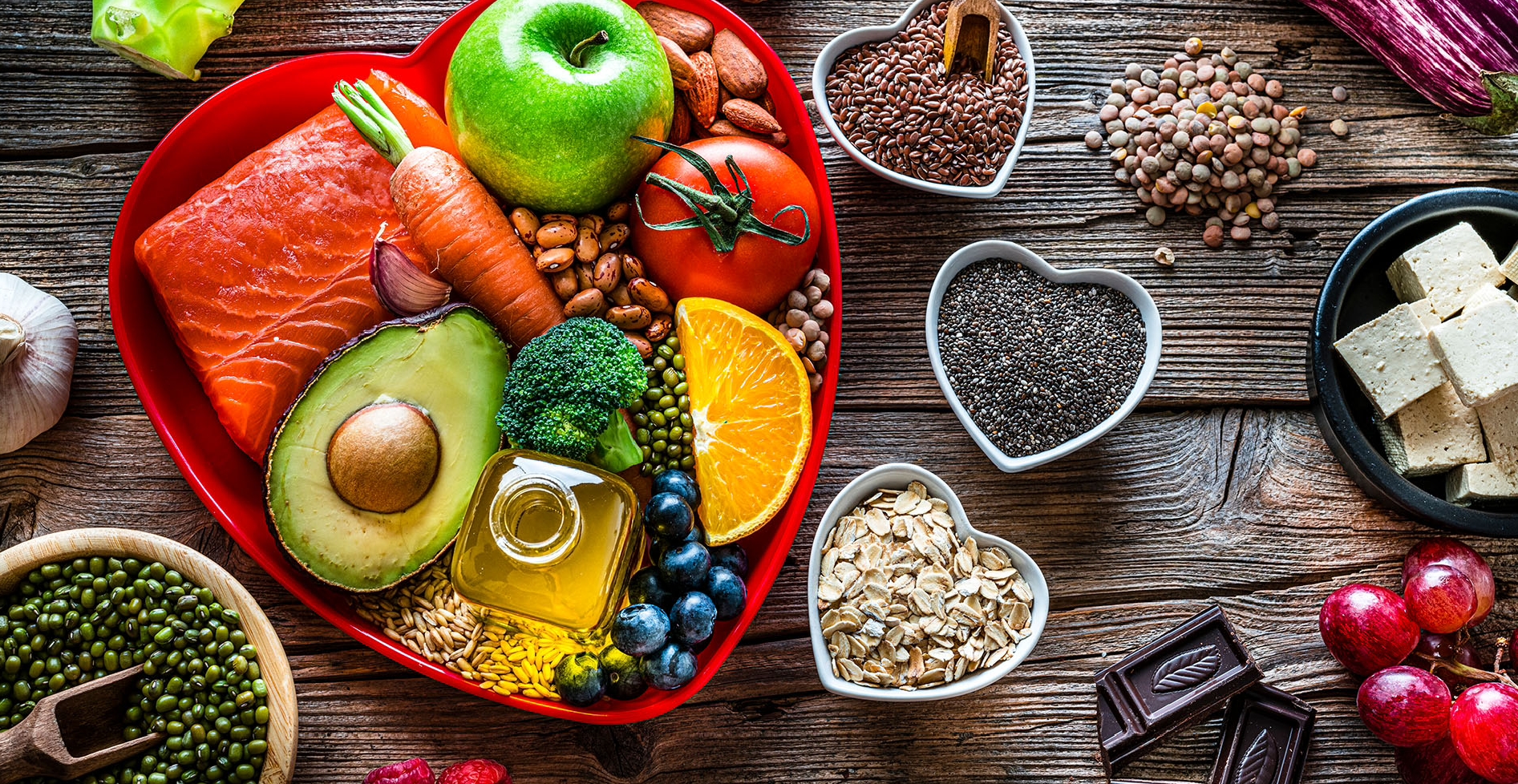The color of egg yolk tell you much more than you might imagine
The color of the yolk can provide a lot more information than you might think when you crack open an egg. It’s a reflection of the hen’s diet, living circumstances, and general health, not just beauty.
Every hue, from light yellow to rich golden orange, tells a unique tale about the origins of the egg and the nutrients it contains.
Let’s examine the true meaning of those hues and their significance for your well-being.
1. Pale Yellow – Caged Hens and Industrial Feed:
A pale yellow yolk usually comes from hens raised in confined cages and fed a standard commercial grain-based diet. These hens rarely see sunlight or peck at natural food sources like plants and insects.
What it means:
Diet: Mostly corn, soy, and processed feed.
Living conditions: Little to no movement; minimal exposure to nature.
Nutrient value: Fewer vitamins and healthy fats.
Nutritional profile:
Lower in omega-3 fatty acids.
Contains fewer carotenoids (plant pigments that give yolk its color and provide antioxidant benefits).
May have less vitamin A and D, which are crucial for eye and bone health.
Health caution:
While these eggs are safe to eat, their nutritional richness and taste are comparatively lower. Overreliance on such eggs might not provide the same health benefits as those from better-fed, free-roaming hens.
2. Orange Yellow – Barn-Raised Hens with a Natural Touch:
An orange-yellow yolk suggests hens raised in barns or open sheds, with some access to natural foods like greens, seeds, and insects. These hens are generally healthier and less stressed than their caged counterparts.
What it means:
Diet: Combination of feed and natural foraging.
Living conditions: Some freedom of movement and light exposure.
Nutrient value: Moderate to high, with improved flavor and richer texture.
Nutritional profile:
Higher in vitamin E (a strong antioxidant).
Contains more beta-carotene, which supports skin and immune health.
Increased omega-3 content, improving heart and brain function.
Health benefits:
Regularly consuming such eggs can help maintain balanced cholesterol, support eye health, and improve energy levels due to better fat and nutrient absorption.
3. Bright Orange – Free-Range Hens, the True Gold Standard:
The brightest orange yolks are nature’s sign of quality. These come from free-range or pasture-raised hens that roam outdoors, feeding on a diverse natural diet of insects, grasses, and seeds.
What it means:
Diet: 100% natural with high pigment-rich foods like marigold petals, alfalfa, and worms.
Living conditions: Open, stress-free environments with plenty of sunlight and exercise.
Nutrient value: Exceptionally high—these are often considered the premium eggs.
Nutritional profile:
Packed with omega-3 fatty acids, vital for heart and brain health.
High levels of vitamins A, D, E, and K—all fat-soluble nutrients essential for immunity, vision, and bone strength.
Abundant in carotenoids (especially lutein and zeaxanthin) that protect against eye diseases.
Rich, creamy taste and superior cooking quality.
Health benefits:
Promotes heart and brain health.
Supports strong bones and immune defense.
Provides anti-inflammatory and antioxidant effects.
May help reduce bad cholesterol (LDL) and improve good cholesterol (HDL) levels.
Caution:
Even high-quality eggs should be eaten in moderation. For healthy adults, 1–2 eggs per day is generally beneficial. People with specific health concerns, such as high cholesterol or heart disease, should consult a doctor before increasing egg intake.
The Science Behind Yolk Color:
The yolk color comes from carotenoids, natural pigments found in plants that hens ingest. These pigments don’t just make the yolk darker—they enhance its antioxidant potential and contribute to cell protection, better vision, and anti-aging effects.
Industrial feeds lack these natural pigments, which is why caged hens produce lighter yolks. In contrast, free-range hens consume more xanthophylls, lutein, and zeaxanthin, resulting in that rich, golden-orange glow.
The Best Part: Nutrients Hidden in the Yolk:
The yolk is the most nutrient-dense part of the egg. While the white is rich in protein, the yolk carries the real nutritional punch:
| Nutrient | Function |
|---|---|
| Vitamin A | Vision, immune function |
| Vitamin D | Bone health, mood regulation |
| Vitamin E | Antioxidant protection |
| Vitamin K2 | Calcium absorption, heart health |
| Omega-3 Fatty Acids | Brain and heart function |
| Choline | Memory, metabolism, and liver health |
| Lutein & Zeaxanthin | Eye protection and anti-aging |
| Iron & Zinc | Energy and immune support |
Concluding Remarks:
An egg yolk’s hue conveys information about nutrition, freedom, and diet. While bright orange yolks represent vibrancy, natural living, and nutrient content, pale yellow yolks speak of captivity and artificial feeding.
Select free-range or pasture-raised eggs whenever you can if you want the finest nutrients and flavor. They not only promote improved animal welfare but also provide your body with the purest kind of “gold” found in nature.
After all, the egg’s actual health value increases with the depth of the yolk’s color.
